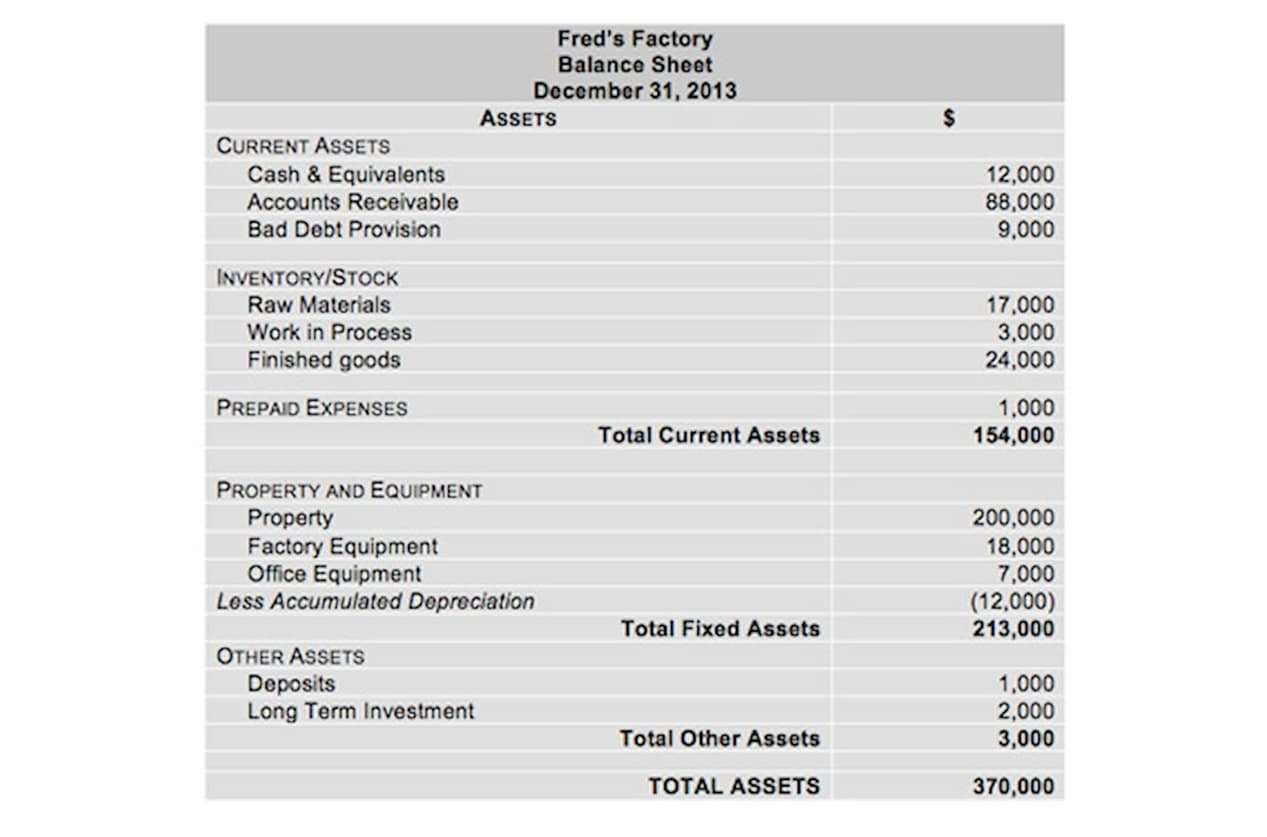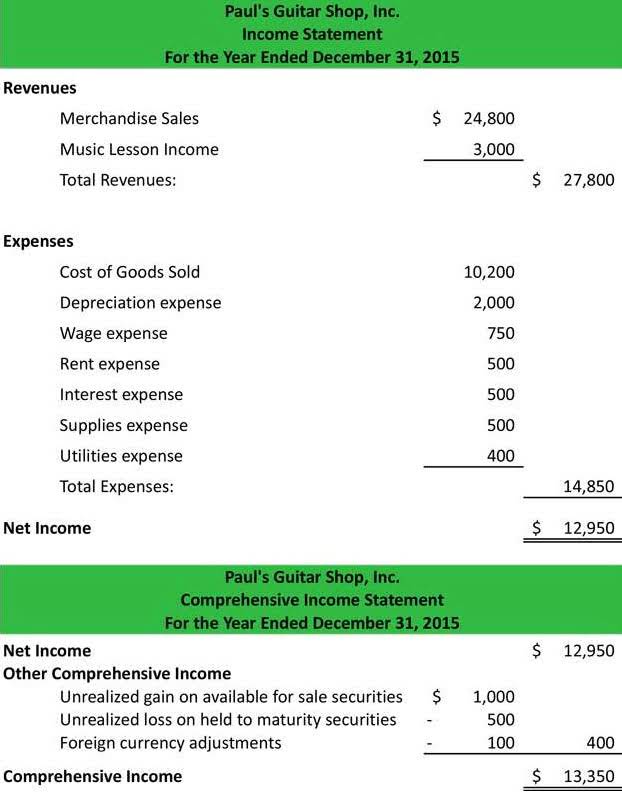Law Firm Bookkeeping and Accounting: A Completed Guide 2022

It takes into account the complexities of legal work, such as hourly rates, flat fees, retainers, and case-specific billing. With features that simplify administrative tasks and ensure financial accuracy, legal billing software empowers firms to improve their cash flow, reduce errors, and enhance client satisfaction. It is essential to keep client funds separate from law firm gross vs net operating funds to maintain financial integrity and compliance. It ensures that financial records are accurate, up-to-date, and compliant with legal and regulatory standards, which is crucial for managing the firm’s finances.

Financial Reporting and Analysis for Law Firms
From tracking billable hours to managing IOLTA accounts, legal bookkeepers play a vital role in keeping a law firm’s finances transparent, compliant, and well-organized. At NorthStar Bookkeeping, we are dedicated to supporting law firms with expert bookkeeping services designed to ensure accuracy, compliance, and financial insight. Let us handle the details so you can focus on winning cases and building client trust. Schedule a consultation today and discover how NorthStar Bookkeeping can become an essential partner in your firm’s success. Once you understand the basics, consider hiring an accountant, either as a contractor or as an employee. They can help level up your firm and make the legal accounting process even smoother by adding legal accounting and legal practice management software to your firm’s toolkit.
Categorizing and tracking expenses
- If you want your firm to stay compliant, be financially successful, and grow, you need to have an accurate and clear bookkeeping system for your law firm to follow.
- Consider adding dedicated categories for client retainers, case expenses, and advanced client costs to simplify reconciliation and ensure compliance with legal accounting standards.
- A well-crafted Chart of Accounts is more than just a financial map—it’s a tailored guide that reflects the intricacies of your law firm.
- So, with double-entry accounting, every financial transaction gets sorted into a specific category (assets, liabilities, or equity).
- Moreover, it facilitated adherence to IOLTA regulations through built-in compliance checks and transparent record-keeping functionalities.
Legal billing software can help you streamline your processes, reduce errors, and improve cash flow. With the right law firm accounting services tool, you can automate invoicing, track billable hours accurately, and ensure that clients receive clear, professional invoices every time. Whether you’re a solo practitioner or part of a larger firm, finding the right legal billing software can save you time, reduce administrative work, and make managing finances a lot easier.

Accounting

A scalable solution ensures that you don’t outgrow your software and that your firm remains efficient as it grows. Before you begin evaluating software, it’s essential to understand your firm’s size and unique requirements. Different software solutions cater to firms of varying sizes and specialties, so the right choice depends on what your firm requires both now and in the future.
- Trust accounting is a unique part of legal accounting, and law firms must follow specific industry regulations based on their jurisdiction.
- Tax laws are a labyrinth that even the most seasoned lawyers find challenging.
- This is a contributing factor of why the general accounting principles (GAAP) does not find cash accounting acceptable.
- Additionally, law firms often operate with variable income due to unpredictable case schedules and billing cycles.
- If your Starbucks charges or firm’s expenses end up in your trust account, you could face serious scrutiny from auditors and bar regulators.
- Here’s a guide on how to effectively generate financial statements for law firms.
- Whether you need to track billable hours, generate invoices, or stay compliant with industry regulations, the right software can help you manage all of these tasks in one place.
- Law firms have unique tax considerations that require accurate bookkeeping and proactive planning to avoid compliance issues.
- This results in wasted time, mismatched records, billing complications, and even compliance violations.
- A bad reputation can lose you business and even run your law firm into the ground.
- Every client and every case is unique, and your billing software should be flexible enough to handle these differences.
- This includes staying informed about regulatory changes, adopting new technologies, and seeking feedback from clients and staff to identify areas for enhancement.
- For example, you can’t use money from trust fund accounts to pay off utility bills if you haven’t earned that money.
MyCase allows for seamless time tracking, invoice generation, and payment collection. It offers customizable invoices with detailed billing options, such as hourly and flat-rate billing, and allows for automatic payment reminders. One of its standout features is the client portal, which Grocery Store Accounting provides a secure space for clients to view invoices, track the progress of their cases, and make payments online. MyCase is particularly praised for its intuitive design and strong customer support. Unlike generic billing systems, legal billing software is tailored specifically to the needs of law firms.

While accrual accounting is great for looking ahead, it’s not an ideal method for monitoring your cash flow or seeing how much cash you have. The next step is to nail down your law firm’s budget and related goals to help keep your team financially afloat. For example, you may invest in professional development opportunities if your goal is to expand your team’s skill sets. In addition to vetting experience, you should also understand what type of help you need. For example, law firm bookkeepers typically help with day-to-day tasks, while accountants and controllers can help with certain types of financial analysis. Regardless if you’re directly managing your firm’s accounting, it’s important to familiarize yourself with basic accounting terms and principles.













Recent Comments